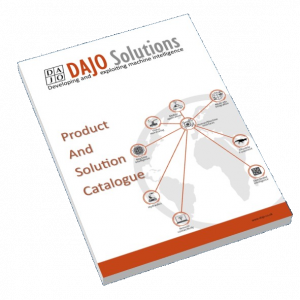What is Lean Automation?
Everything you need to know about Lean Automation in just 2 minutes
Lean means maximum value, minimum waste
Lean Automation is an extension of the principles of Lean Manufacturing. Maximising value by removing waste, our short (2:02) video explains more about the origins of Lean, how it works, and the impact it could have on your business.
Like this video, then please follow and share.
What can Lean Automation do for you?
Data Acquisition
Acquire, aggregate, and analyse data to give timely, insightful information.
Process Management
Lean processes increase efficiency, reduce waste, and integrate seamlessly.
Cost Reductions
Removing waste and inefficiency can also help reduce operational costs.
Future Proofing
Systems that not only work for you now, but will continue to do so in the future.
How to implement Lean Automation:
The core principle of Lean is that you identify everything that adds value to what you do. Ideally also considering what may add value in the future as well. The thought being, that if you have identified everything and isolated those areas that add value, then everything else (by default) doesn’t, or worse, detracts from the value you could potentially be adding.
So the first question that needs to be asked is:
What are the exact stages moved through (Physically, virtually, and administratively) when carrying out this process?
Leading to the second:
Which of these stages add value, and in what way?
To get the full list you should take some time over this exercise. It may even be worth collaborating with other areas of the organisation to see what they do and what value they add. The benefit of this approach is that it is relatively easy to create a list of everything that you do. It is also relatively easy to list everything that makes what you do special. Then, the difference between those two lists forms the basis of your process improvement.
With that list there are a number of questions you can ask in order to support the creation of your development criteria.
Primarily; Which stages:
can be removed without any knock on effects in the rest of the process?
are duplicating value and which of them can be removed?
are only partially delivering value and therefore need to be amended?
And finally:
How can we combine the resulting stages to work seamlessly and automatically, while simultaneously gaining the data we need to implement further enhancements to our systems?
From this point things get a little more technical, making it worthwhile getting some external guidance on how to proceed, if you would like us to help with that, then why not:


